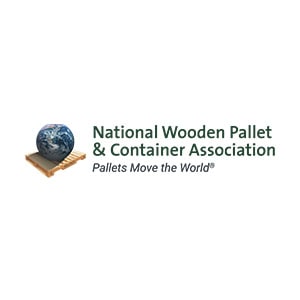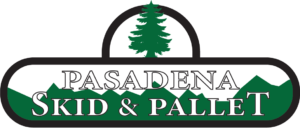Making wooden pallets ready for an up-cycling project

A pallet can be made into so many different works of art from picture frames, shelving, and coffee tables to armoires, and bunks after they have been used to transport goods via truck, ship, and forklift.
To also make this interesting, pallet is free since it grows almost every where it might seem like an easy job collecting pallets, but you should know that some kinds of pallet are dangerous.
This guide will assist you to get valuable information in getting the best pallet, destroying them and also making use of them for your next home improvement or project.
Style Of Pallets
A lot of people are of the opinion that pallets are all the same, but their styles are different. Making the right choice of the pallet can make the between getting the safest and the best versus using damaged wood which may contain poisonous chemicals.
Choosing A Safe Pallet
Pallets can be vulnerable to spills coming from different kinds of nasty products and liquids since they are used for transporting quite a wide range of materials. The very first thing to note when selecting your pallet is checking if there is any visible spill on it. It is best to stay with clean pallet. When you finally find a clean pallet, the next important step is to confirm that there are no marking on its stringers and sides. If this is confirmed, then you have seen a safe pallet. This is because an untreated wood pallet has no markings for domestic transportation.
Apart from the logo of the company, other formal marks that are on the pallet usually imply that the pallet is sent from abroad. Things you should look out for apart from an originating country abbreviation and registration number include:
1. Treatment Code: This code is generally found in the middle of the mark, it is a two or four letter code that describes what was used in the treatment of the pallet materials.
2. IIPC Logo: if this seal of approval does not come with your pallet, then you do not know what your pallet had been used for, or what it was treated with.
Identifying The Perfect Pallet
This list will help you get through the problem of where you can get a wooden pallet that is safe from chemicals, pesticides, and also other harmful substances.
• Feed and Tack Supply: A feed, tack, or pet supply store is among the best places where you can find used pallets. These pallets usually carry non- toxic pet food supplies, and are generally made from soft wood.
• Construction Site: These residential sites often contain non- toxic compounds such as felt paper, joint compound and cement. You should also try to keep away from commercial construction site because they may have some poisonous pallets in their custody.
• Newspaper Distribution Centers: Make sure that you get permission from the authorities of the center and you are ready to go. These centers are good places to find non- toxic pallets.
• Landscaping Companies: hard wood pallets can be found at the support natural plants, sod, and shrubs.
Preparing A Pallet
In order not to cut into pieces your hard earned work, you have to be very careful in handling your pallet. Here is how you can break down a pallet into different component.
1. Pry bar and Hammer, cat’s paw: this is what you need in tearing separately a pallet without destroying the wood’s surface of.
2. Nail punch: the use of nail punches in removing nails is a preferred alternative on spiral-shanked, stubborn ring nails. Using pneumatic punches can even be more efficient but can at the same time be expensive.
3. Oscillating tool: you can open up the nail shaft to the blade of a swinging tool to make rapid work of the rusty nails.
4. Drill: it can be used to ancient nails when the above method will not work
5. Clean cut: slash the pallet plank leaving the nails still joined with the stringer.










Leave a Reply